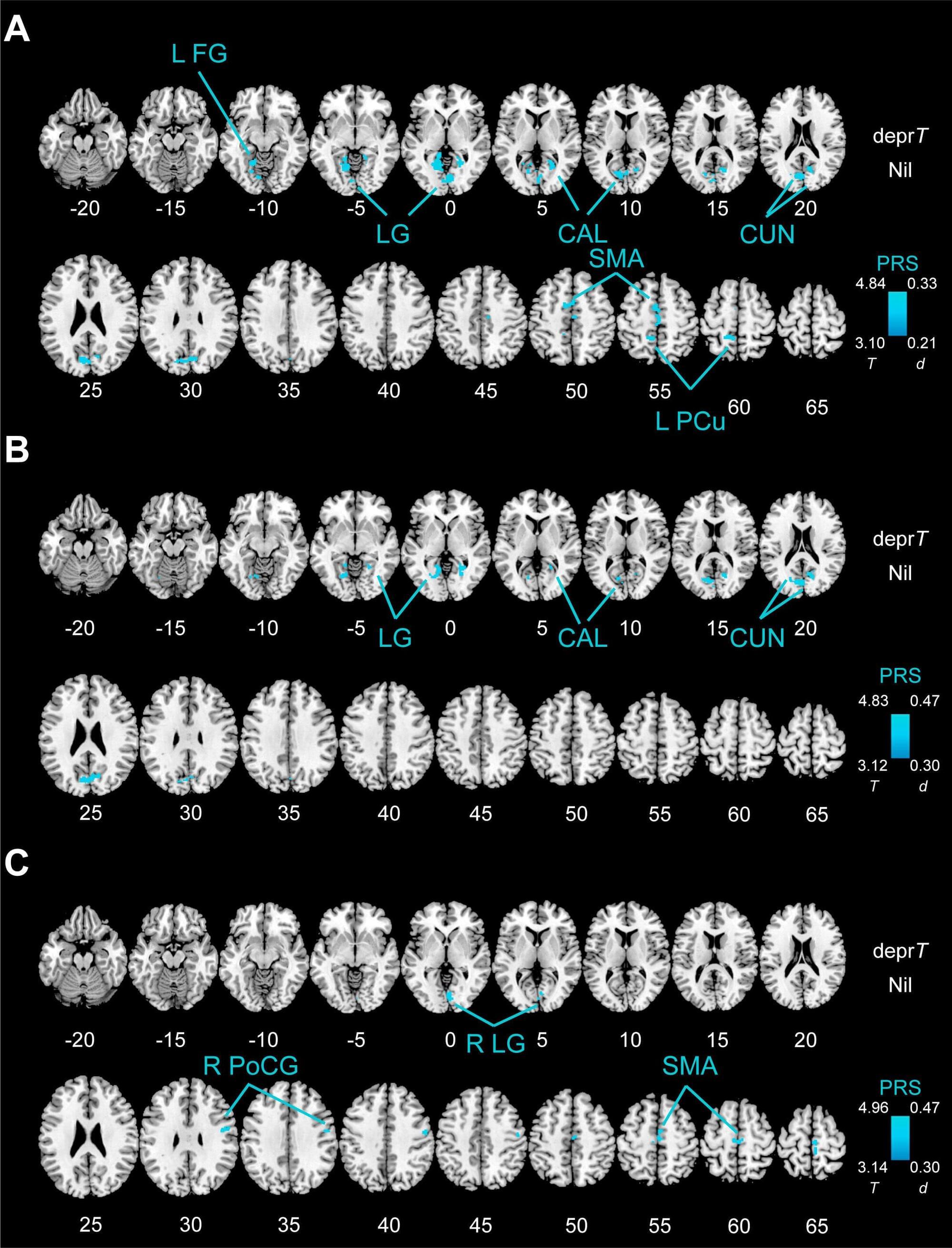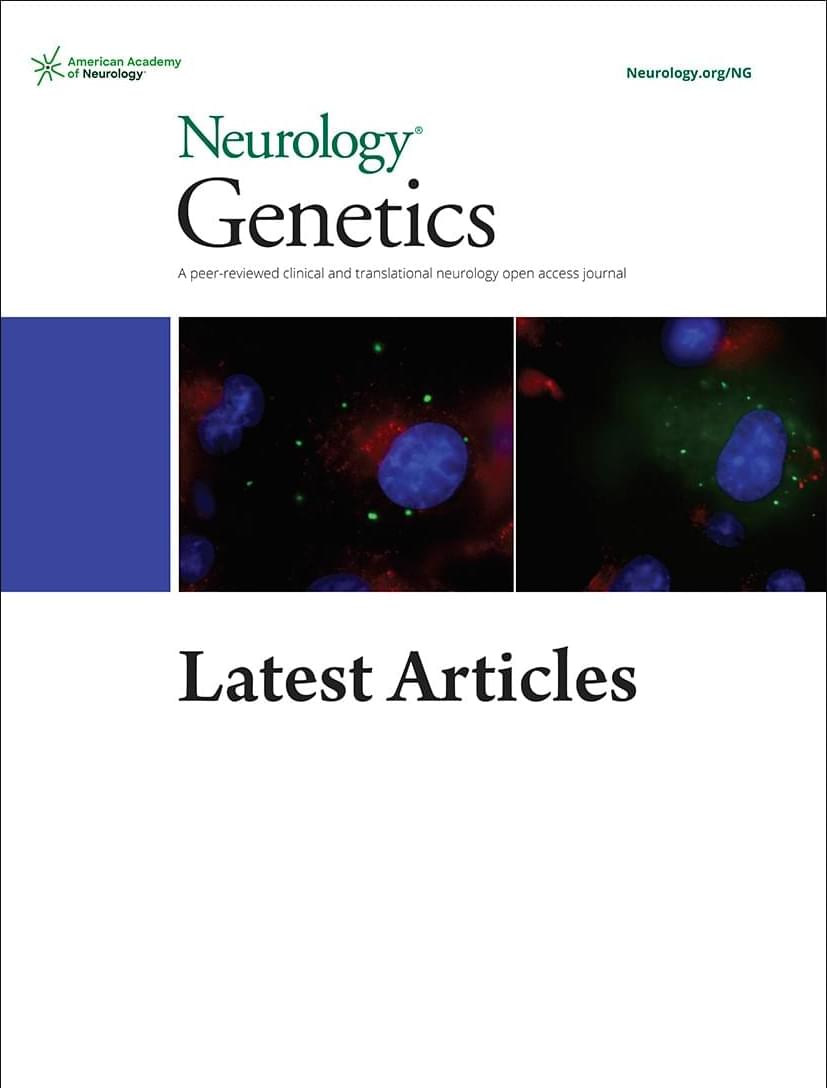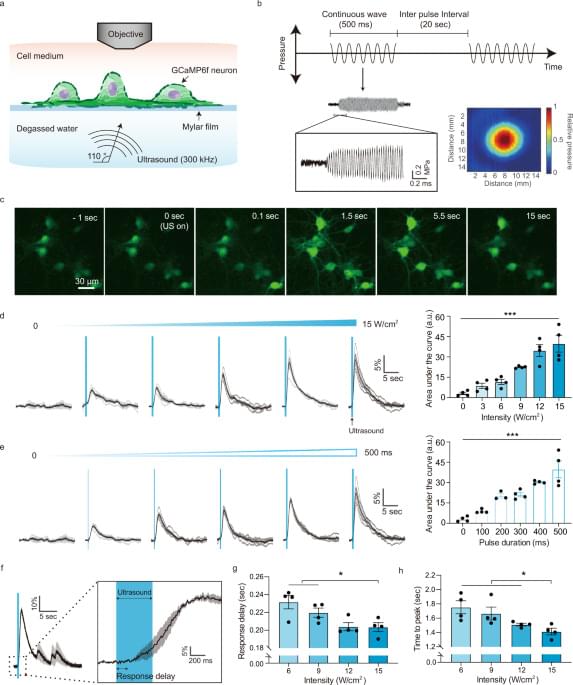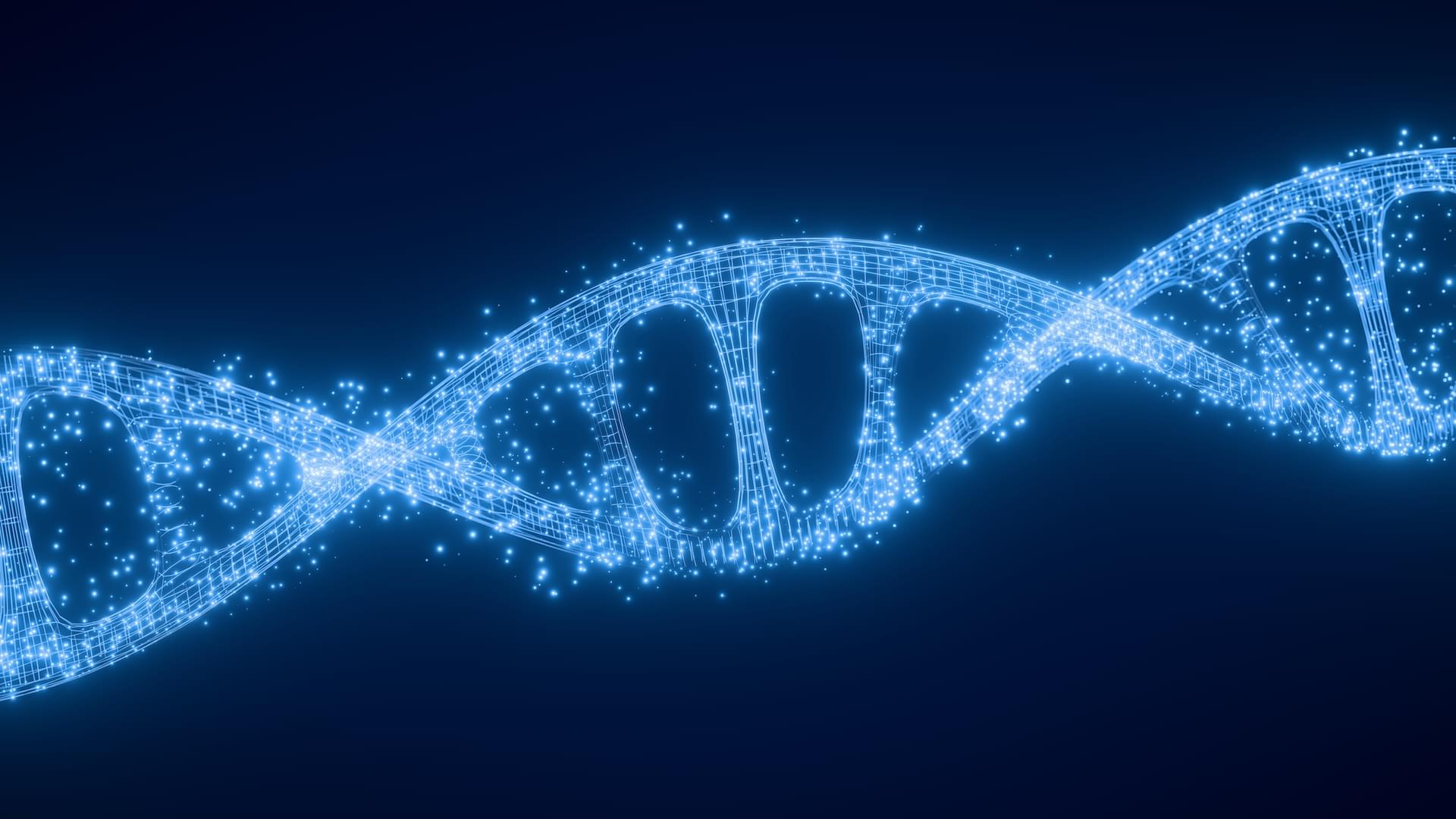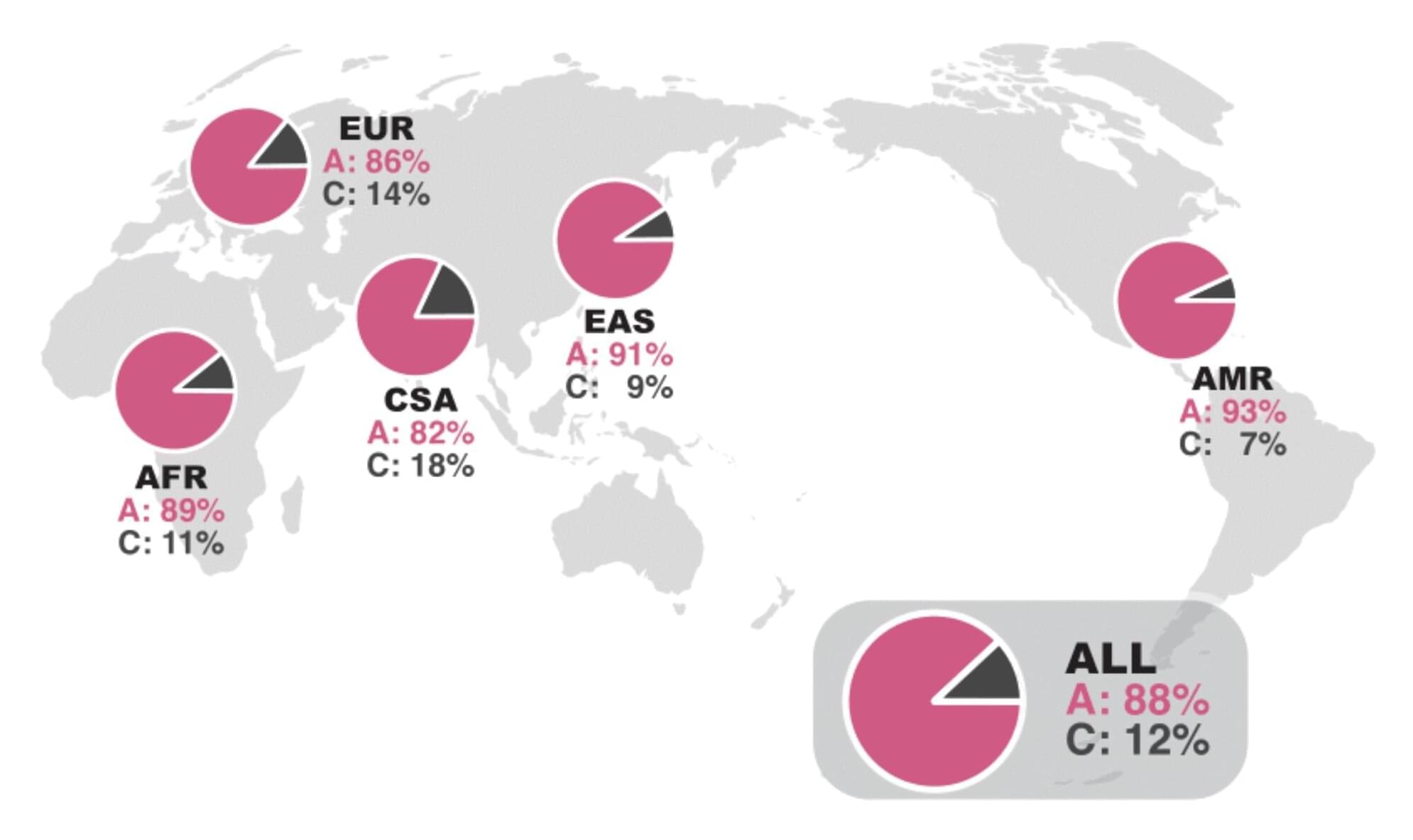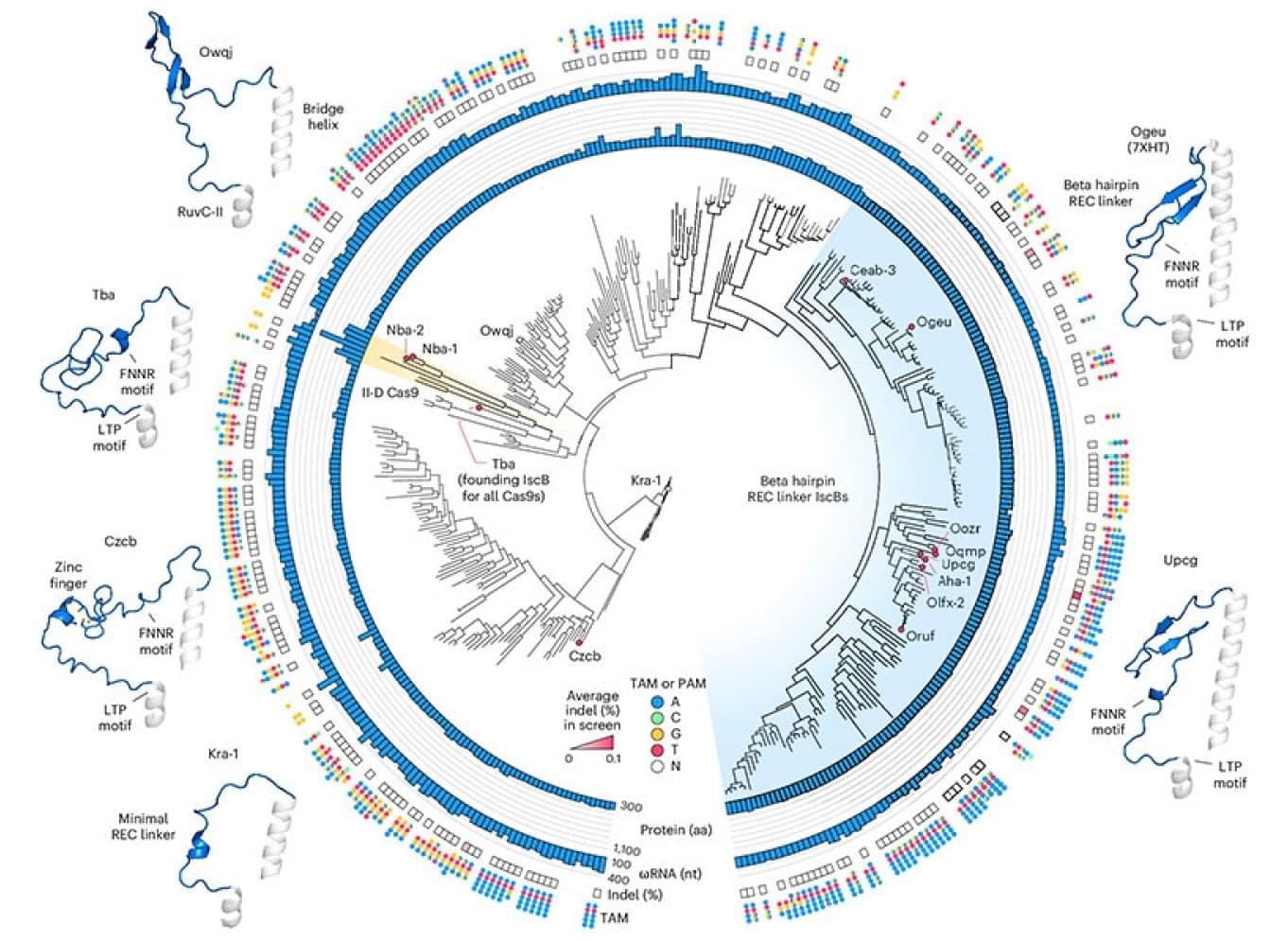Novel imaging research indicates that young adults with a higher genetic risk for depression showed less brain activity in several areas when responding to rewards and punishments. The study also uncovered notable differences between men and women.
The findings from this new study in Biological Psychiatry: Cognitive Neuroscience and Neuroimaging, highlight potential early indicators for depression before clinical symptoms fully manifest.
Depression is one of the most common mental health conditions, and many people with depression have trouble processing rewards and punishments.
